Sui and Aptos are formal rivals, each with its own strengths, and the ecological effect of Movement should not be underestimated.
Written by: Alex Liu, Foresight News
On November 14, SUI broke through 3.5 USDT, reaching a new historical high; Bitwise will launch Aptos Staking ETP on the Swiss Stock Exchange; the Movement mainnet is about to go live… Beyond EVM, Solana, and BTC, a vibrant new ecosystem is rising, and the "Move public chain" is gradually gaining momentum.
Sui, Aptos, and Movement are often discussed together because they are all public chain platforms that support smart contracts in the Move language, known as the "Move public chain." Sui and Aptos are Layer 1 public chains, with most team members coming from the blockchain project Diem/Libra (which was halted due to regulatory pressure) at Facebook (now Meta), where the Move language was born. Both have successfully raised hundreds of millions of dollars and have launched their mainnets, ranking high in market capitalization; Movement is a Layer 2 built on Ethereum, aiming to bring the Move language into the ETH ecosystem. Movement has raised tens of millions of dollars and is currently in the testnet phase.
Although they are all "Move public chains," the differences among the three are much greater than most people imagine. The author holds SUI and APT and is deeply involved in both ecosystems. As Move Chains gradually gain traction, I hope this article can provide readers with some information they may not have noticed, helping them in their research and judgment.
A Brief Discussion on Technical Differences
This article mainly approaches from a non-technical perspective, but it also briefly discusses the technical differences among the chains. The well-known market maker research department DWF Ventures recently published a "comparative analysis" of these three chains, listing incorrect facts regarding their technology. If institutions are this misinformed, it shows that there is considerable room for improvement in understanding the technology of Move public chains.
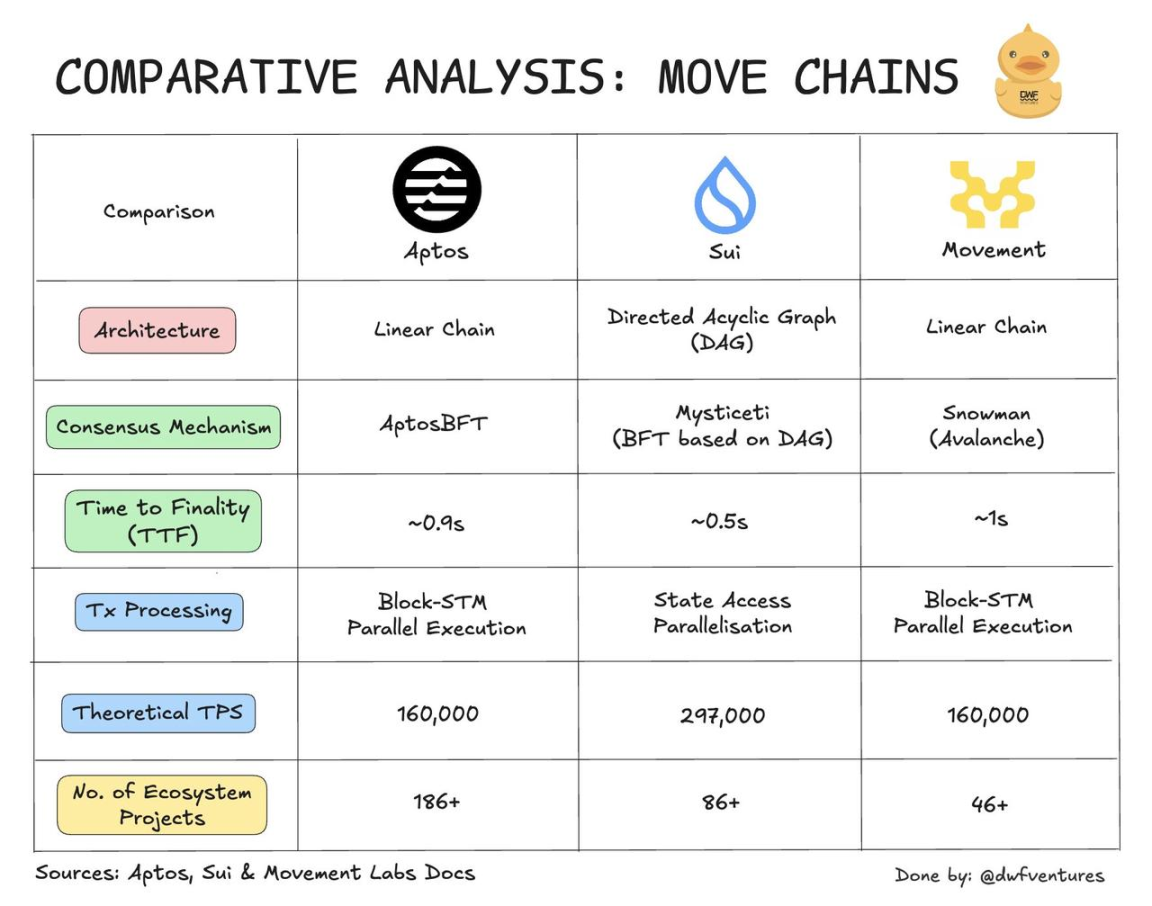
The architecture of Aptos and Sui is quite unique; strictly speaking, they cannot even be considered a "blockchain" but rather a "Directed Acyclic Graph" (DAG) composed of "checkpoints." In contrast, Movement is consistent with conventional chains, consisting of blocks in a linear chain. Other well-known projects that also adopt a DAG architecture include kaspa (KAS), which is favored by PoW miners and claims to revive the original ideals of Bitcoin. DWF Ventures mistakenly regarded Aptos as a linear chain in the above image — Aptos was indeed a linear chain when it first launched, but it later transitioned to a DAG.
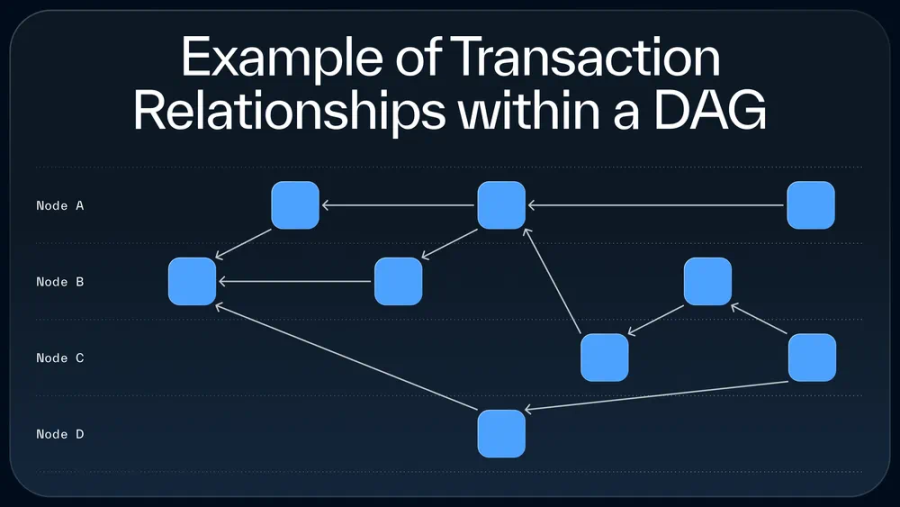
Transaction Relationships in DAG
Differences beyond architecture also include consensus mechanisms and different implementations of parallel transactions.
Both Sui and Aptos use a DAG-based BFT (Byzantine Fault Tolerance) consensus, but the specific mechanisms for leader selection differ, while Movement employs the Snowman consensus of the Avalanche protocol. Different consensus mechanisms lead to different TTF (transaction confirmation times); currently, Sui's Mysticeti consensus is the fastest, capable of confirming transactions within 0.5 seconds. Aptos will upgrade to RAPTR consensus in the future, which is also expected to perform well.
For parallel transactions, Aptos and Movement both use the Block-STM parallel engine, which is an optimistic parallelization mechanism that assumes all transactions can be processed in parallel and re-executes in case of erroneous transactions. Sui, on the other hand, uses a "state access" method, categorizing, sorting, and confirming transactions without conflicts before execution.
Although they both use the Move language, the Move language has evolved into two major variants: Sui Move and Aptos Move. Movement theoretically supports both but primarily focuses on Aptos Move.
User Experience
(Movement is still in the testnet phase, so this article does not discuss actual experiences.)
Speed and Costs
For high-performance public chains, speed and low costs are core competitive advantages. In actual use, the speed differences are almost imperceptible, and interactions are nearly instantaneous.
Regarding costs, all types of interactions on Aptos maintain negligible fees, while Sui incurs higher gas costs for certain transactions (as shown in the image below, receiving rewards on Navi costs a $0.14 fee). High gas fees are also related to the quality of contract code, but it is clear that Aptos has more controllable overall costs.
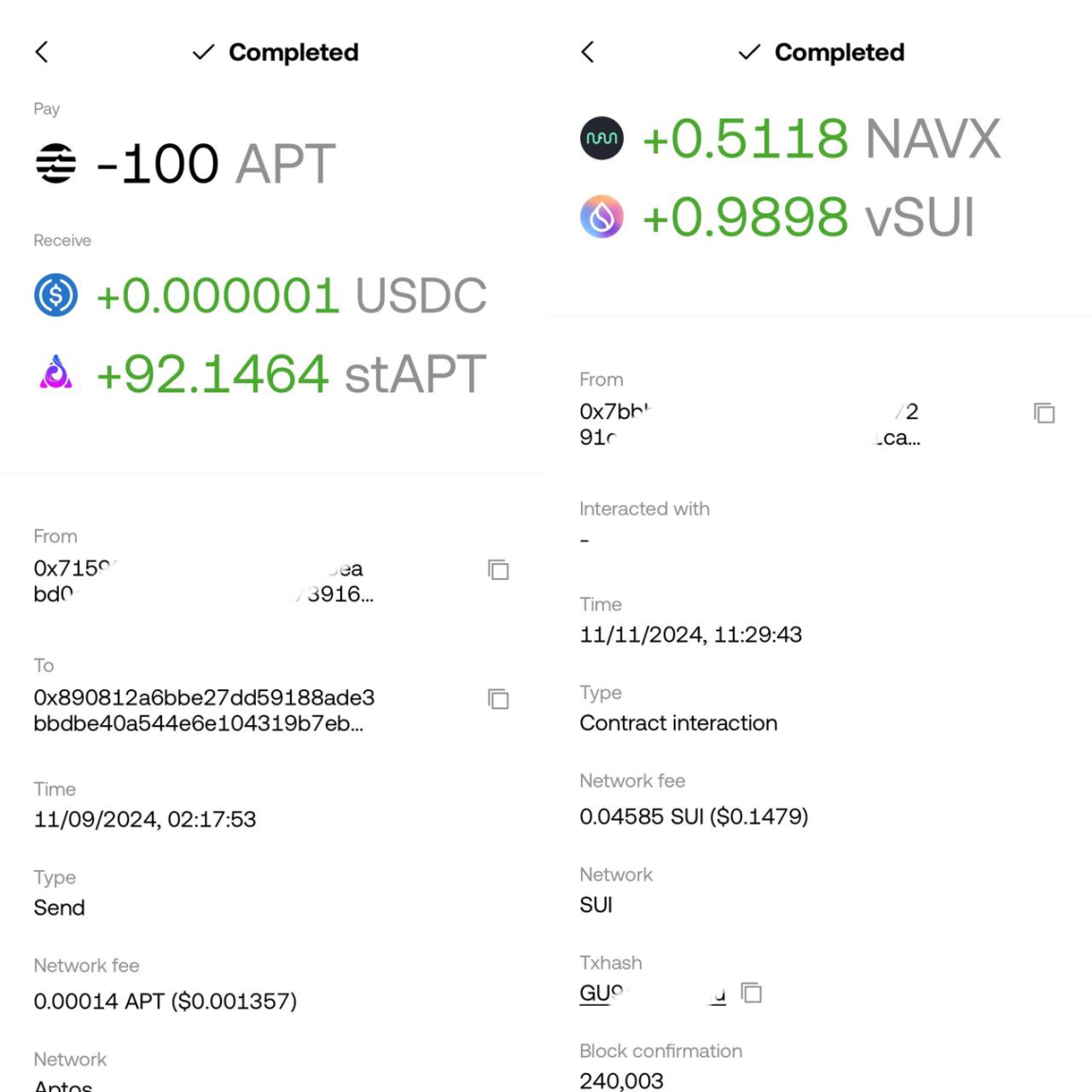
Stability
Stability is also a significant consideration — no one wants to use a blockchain that frequently goes down for high-frequency financial activities. Since its mainnet launch, Sui has never gone down and has successfully withstood the test of massive transactions involving inscriptions and runes. However, Aptos did experience a brief halt in block production last October.

Hardware Wallet Compatibility
I store a significant amount of tokens in a hardware wallet, and during use, I found that:
Sui's Ledger compatibility is poor; in the early days, I had to reset the blind signing option every time I opened the app, and the frequency of software updates and maintenance is very low. Additionally, none of Sui's mainstream mobile wallets support hardware wallets!
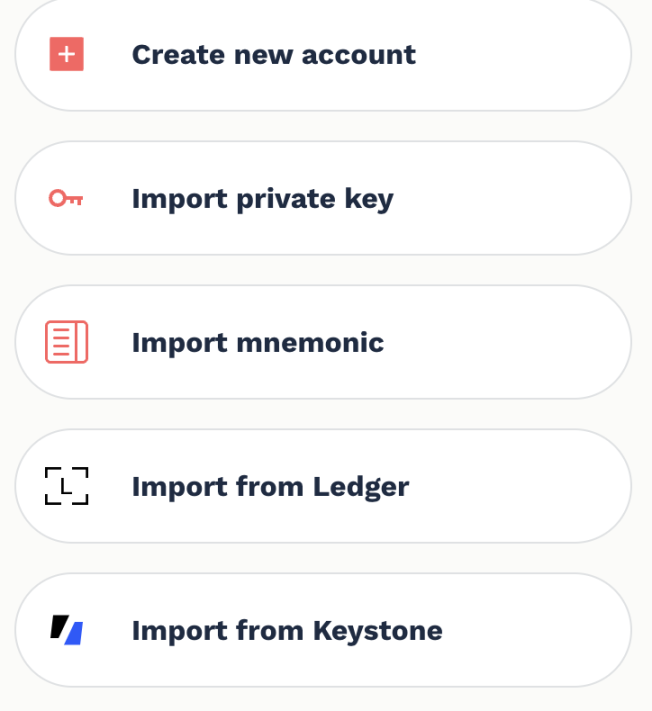
In contrast, Aptos has good Ledger compatibility and maintenance frequency, and the official team’s Petra wallet not only supports multiple hardware wallets but also features a dedicated animation for signing — the attention to detail is impressive.

Regarding wallet experience, I believe Aptos's official Petra wallet > Sui's official Sui Wallet (from the perspective of balance change simulation, multi-account switching, and other functionalities).
Observations on wallet experience also lead to the conclusion that Sui seems not to care much about Crypto Native users, having not invested significant resources to meet our needs, while Aptos has provided me with a better experience. So, what kind of users does Sui care about? I believe it is focused on the narrative of "Mass Adoption" and "incremental users," primarily promoting the creation of Sui wallets through social accounts like Google, Twitch, and Facebook, aiming to attract Web2 users to expand the user base rather than competing for existing crypto users.

Is this consideration good or bad? It's actually hard to judge. Solana first captured the existing Crypto Native users and then gradually moved towards "Mass Adoption," and it has executed this strategy very successfully.
Team Dynamics
From the perspective of a non-technical observer, Sui indeed has more innovations, while Aptos has a somewhat "imitative" tone:
Initially, Aptos was based on the code foundation of the Diem project, using an address model as a chain. Sui later launched its mainnet, and although it also comes from the Diem team, it redesigned many key components and proposed a new solution: Sui is a DAG centered around objects. Aptos later also transitioned to an object model and DAG.
Sui was the first to provide token incentives to ecological DeFi projects to attract TVL, which successfully increased TVL significantly. Aptos later also began providing token subsidies to ecological projects.
The PoW gameplay first appeared on the PoS chain of Solana, and after Sui introduced imitative projects, Aptos officially began promoting its own ecological imitative projects.

Sui developer Mysten Labs used the logo shown above for two years, while Aptos Labs recently adopted its latest logo:

This may not be called "similar" … but rather a sense of CP (couple pairing) between formal rivals.
Another aspect of team dynamics is the scale; Aptos's testnet provided a large airdrop, which became the first pot of gold for many, while Sui's testnet did not have an airdrop.
The most prominent feature of the Movement team is its strong ability to manage the community and create "Hype" for its project. Even before the mainnet launch, they have convinced the crypto community that they will be "the next big thing."
Research and Engineering
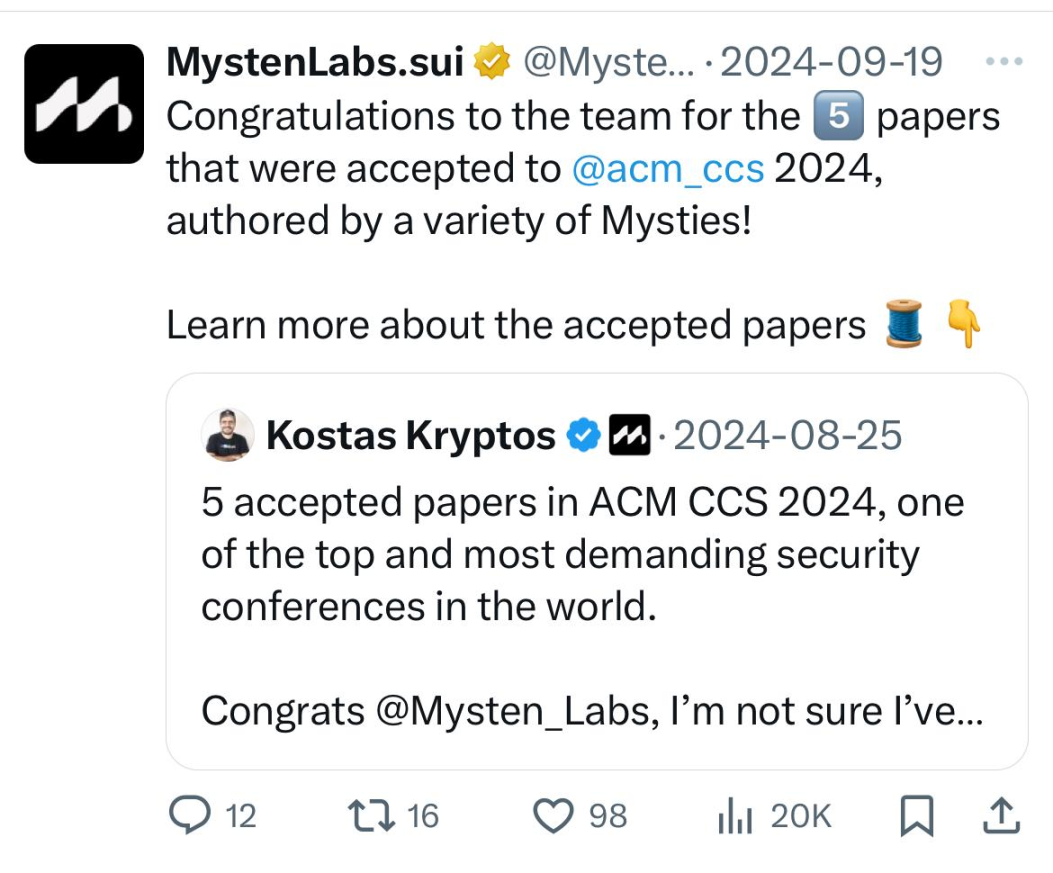
The academic research achievements of Sui developer Mysten Labs are outstanding, with five new papers accepted by the top conference in the computer industry, ACM CCS. In terms of engineering capabilities, in addition to the well-known Sui public chain, they have also launched the decentralized storage protocol Walrus based on Sui and are preparing to connect to the SCION network standard. Furthermore, Sui is also preparing to implement transaction sending via radio waves without a network.
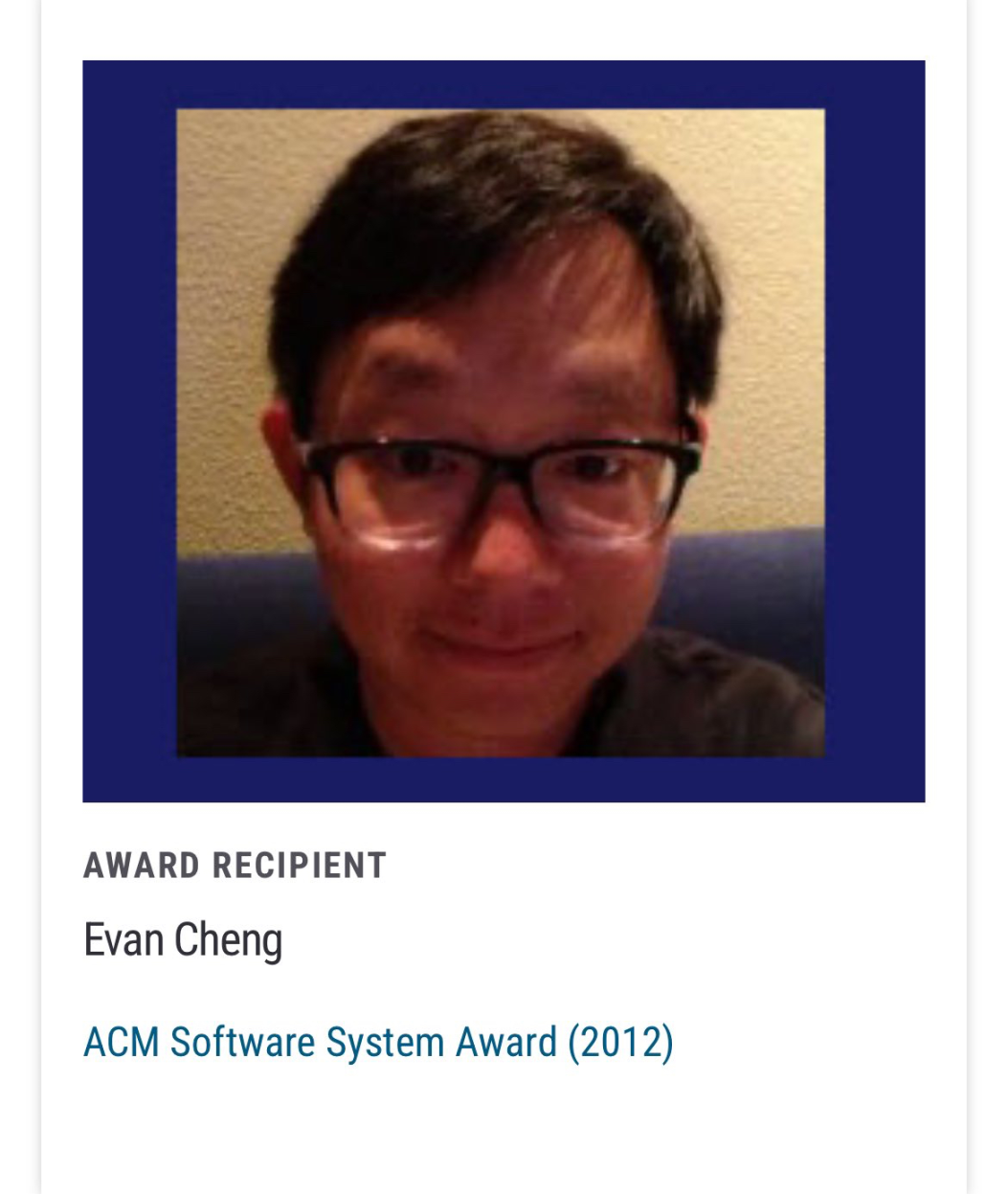
Sui Founder and CEO received the ACM Software System Award in 2012 for contributions to LLVM
Aptos Labs also possesses top-tier research and engineering capabilities in the industry. A simple example is that the Block-STM parallel engine originating from Aptos has been integrated and adopted by several major projects, including Starknet, Monad, and Movement.
It is undeniable that the comprehensive accumulation of the Movement team is weaker than the above two teams. However, in today's Meme supercycle, the project's vibe may be more important than its fundamentals.
Ecosystem and Community
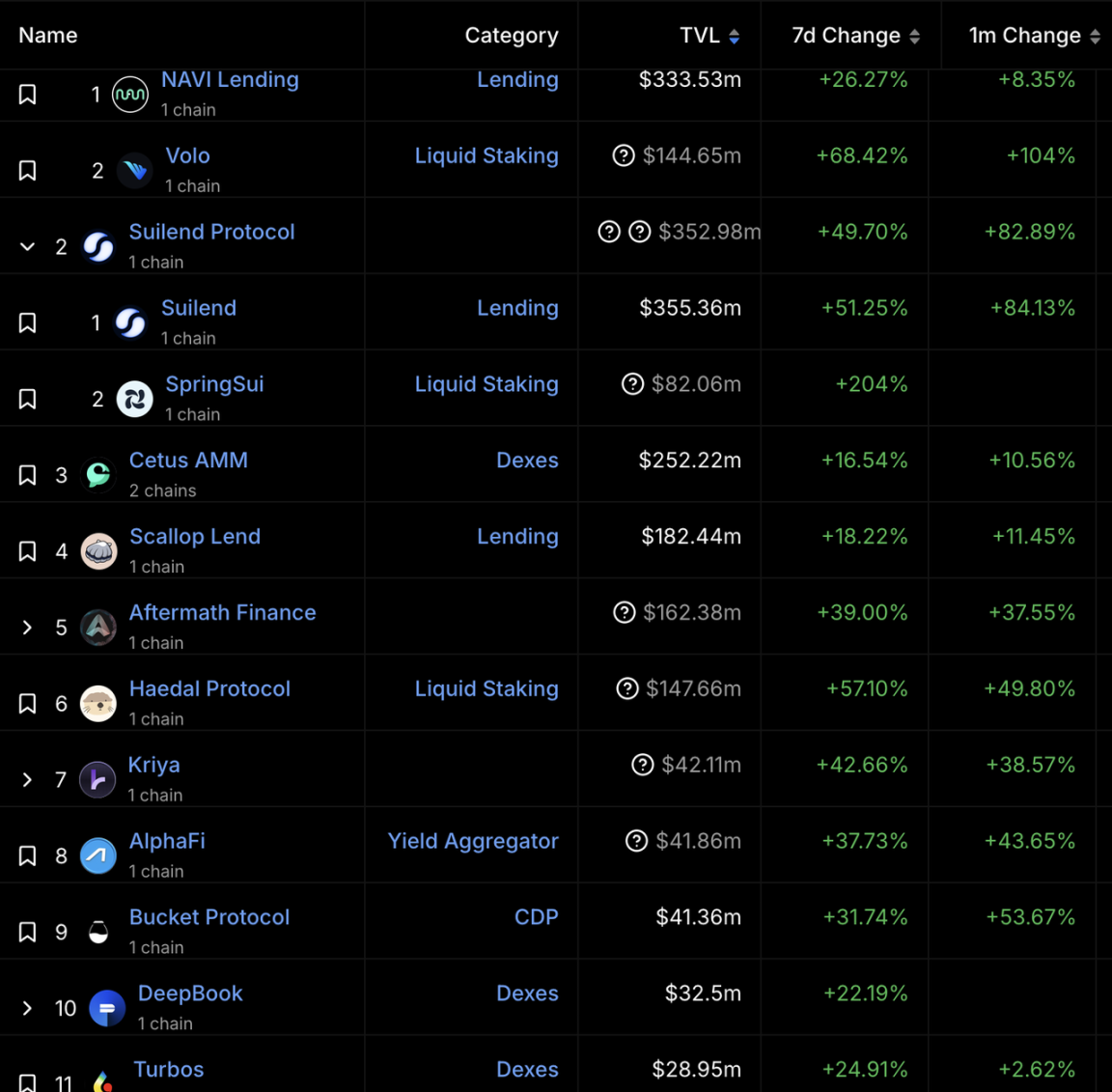
Sui ecosystem projects, image source: DefiLlama
Objectively speaking, the richness and development status of the current Sui ecosystem projects are better than those of the Aptos ecosystem, with a higher DeFi TVL. Aptos's TVL has seen significant growth recently, but it is relatively homogeneous, mainly coming from lending protocols that receive foundation grants and have APT token incentives. Earlier this year, I experienced a situation in a certain Aptos ecosystem project's Discord where I was the only Chinese person speaking, and my inquiries to the team in English went unanswered for 3 to 4 days.
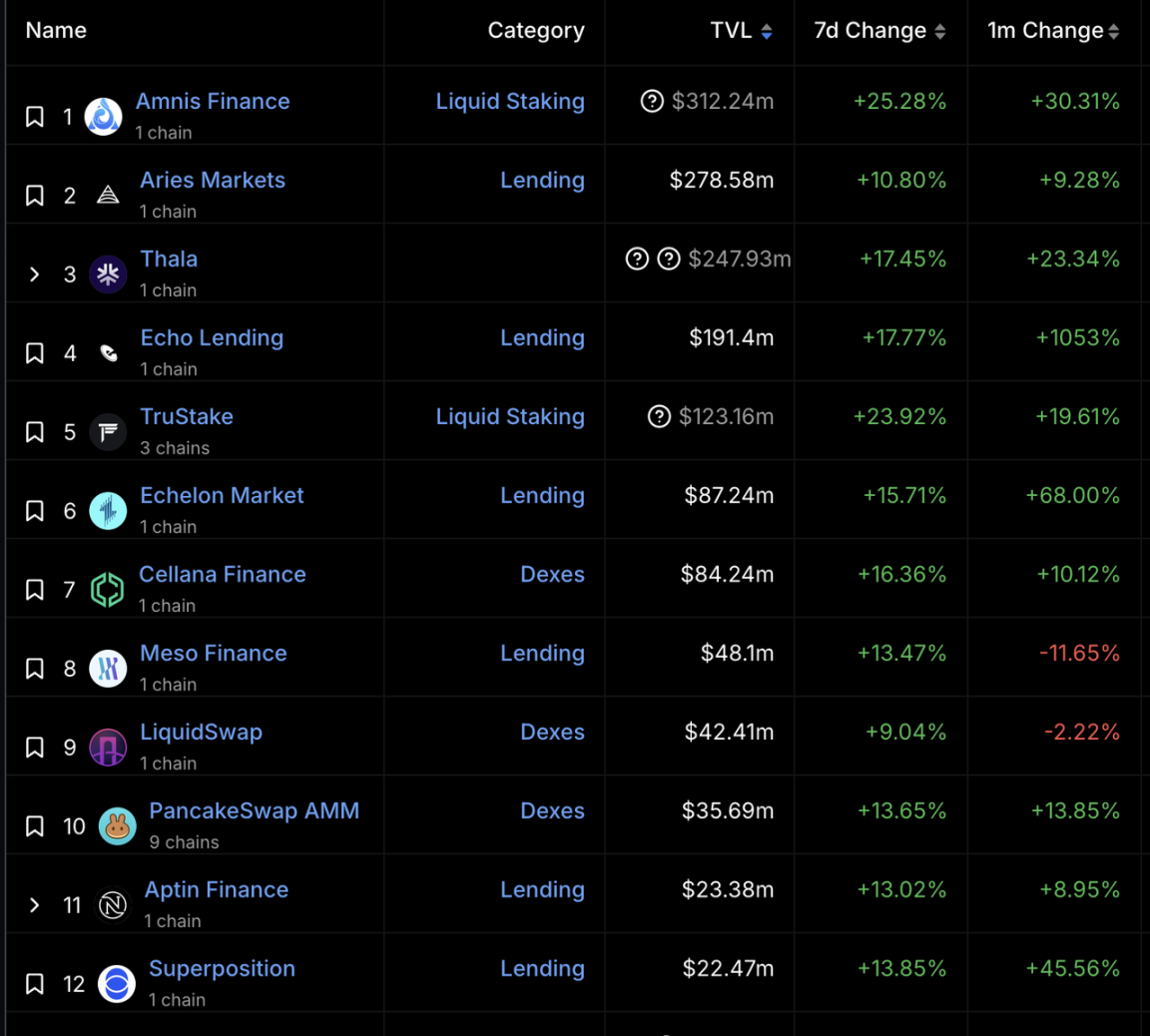 Aptos ecosystem projects, image source: DefiLlama
Aptos ecosystem projects, image source: DefiLlama
The Sui community is generally more active than Aptos (perhaps influenced by the strong token price), and it seems that the slogan "No Airdrop, No Community" has failed. The Movement community is comparable to Monad's cult, with "gmove" visible everywhere, giving this yet-to-launch project a leading mindshare.
It is also worth mentioning that Sui and Aptos seem to be "old rivals," often "working against each other" in selecting collaborative projects within their ecosystems. The mainstream cross-chain bridge in the Sui ecosystem is Wormhole, and Aptos certainly will not choose the same but will collaborate with LayerZero. Sui Network introduced the native stablecoin USDC, while Aptos's first collaboration for a native stablecoin was indeed USDT.
Moreover, Aptos and Sui have different attitudes towards Movement. Aptos is more open, having expressed welcome for Movement to expand the Move language ecosystem; almost all Aptos ecosystem projects I have used are preparing to launch on the Movement mainnet. Sui, on the other hand, is relatively more closed, with co-founders previously stating that L2 is meaningless, and most ecosystem projects are built only on the Sui chain.
The co-founder of Movement recently posted on X criticizing "exclusive agreements," seemingly with a pointed reference.
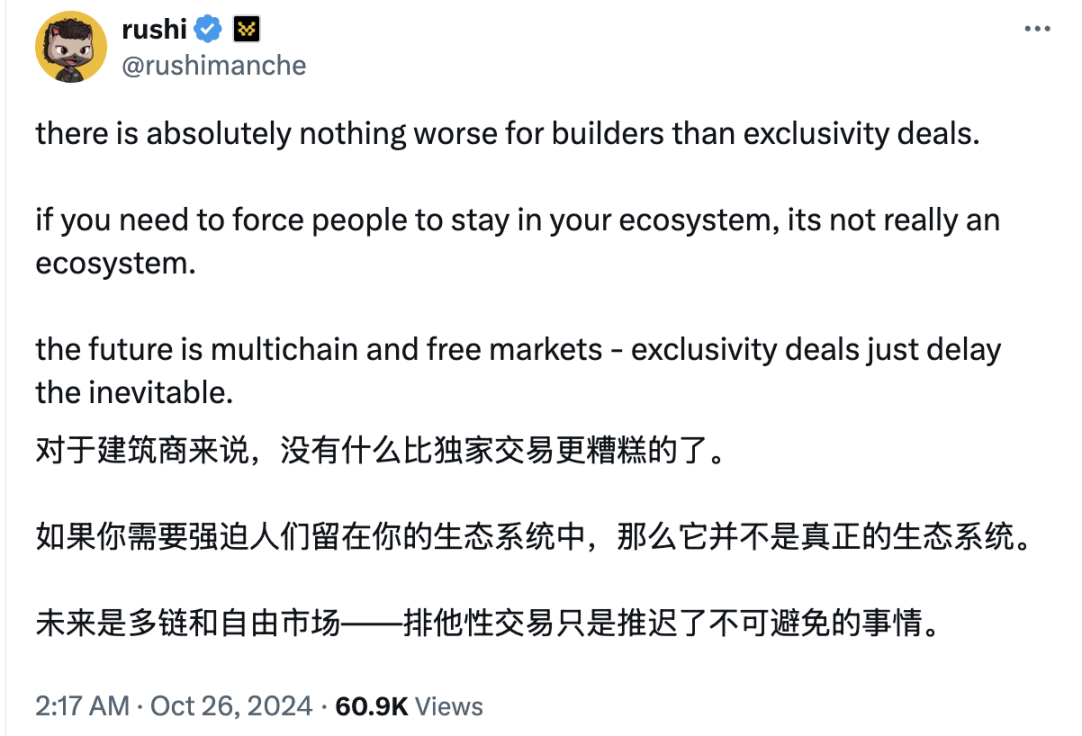
Although Movement is still in the testnet phase, it already has over 60 apps and millions of active addresses, making its ecological effect significant.
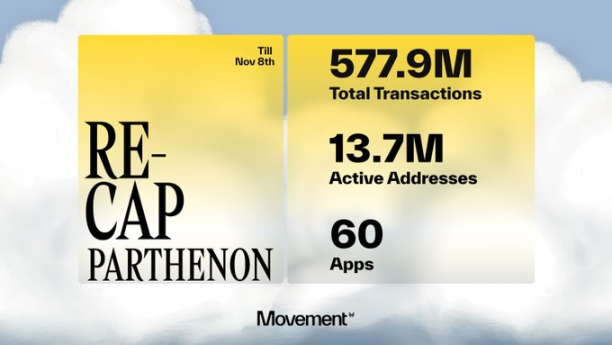
Common Issues
Currently, the Move ecosystem does not have a significant wealth effect for retail investors. Although there are token subsidies from foundation grants, the interest subsidies are mined and sold by high-net-worth whales, making it difficult for retail investors to be interested in the interest rates of over ten percent. There is a lack of wealth creation stories like the JTO airdrop and Bonk meme coin in the Solana ecosystem.
Specifically, Aptos is more likely to solve this problem because most projects in its ecosystem have not yet issued tokens. Recommended reading: Gold Mining Handbook | Airdrops and High-Yield Opportunities Not to Miss on Aptos
On the other hand, third-party ecosystem projects on Sui are gradually issuing tokens, but the airdrop ratios are not high. Even more so, the largest lending protocol on Sui, Navi (which has now been surpassed by Suilend, which is preparing for an airdrop in December), launched a points leaderboard earlier this year, announcing that points would play a key role in the "upcoming" token airdrop after the token issuance — resulting in the project having not conducted an airdrop since its token issuance in February.
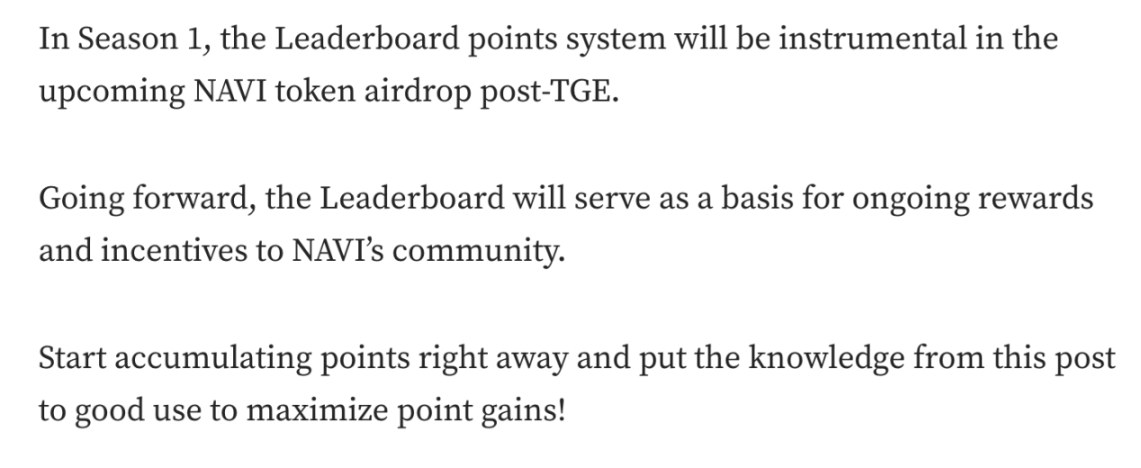
The tokens launched by Sui developers' own projects (Deepbook, Sui NS) follow a model of broad airdrops to the community, raising token prices as they have to personally improve the "wealth effect" of the Sui chain due to the underperformance of ecosystem projects.
Specifically regarding the meme wealth effect, both sides still need to work hard. The FDV (Fully Diluted Valuation) and circulating market cap of SUI are approximately 1/3 and 1/10 of SOL, respectively, while the largest meme market cap on Sui is only 1/20 of that on Solana, and the largest meme GUI on Aptos is only 1/100 of WIF's market cap.

Although there are various issues, looking long-term, the future of the Move public chain is bright. Recommended reading: Why Developers Bet on Move Public Chains?
免责声明:本文章仅代表作者个人观点,不代表本平台的立场和观点。本文章仅供信息分享,不构成对任何人的任何投资建议。用户与作者之间的任何争议,与本平台无关。如网页中刊载的文章或图片涉及侵权,请提供相关的权利证明和身份证明发送邮件到support@aicoin.com,本平台相关工作人员将会进行核查。




